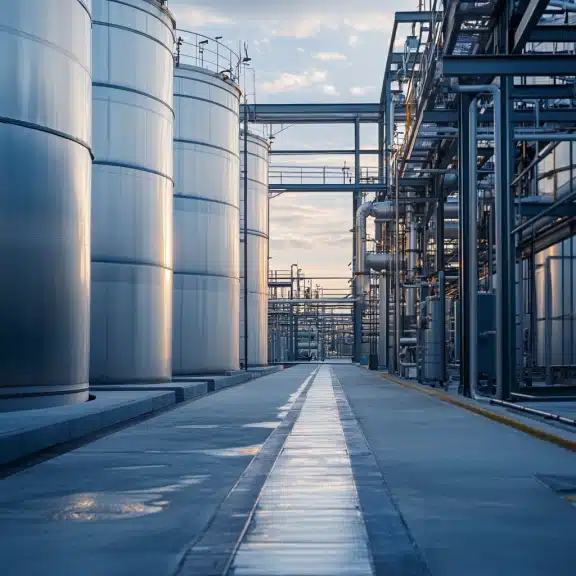
Cryogenic Storage Systems are specialized solutions designed to store substances at extremely low temperatures using fluids such as liquid nitrogen or helium. Proper selection, handling, and maintenance of these systems are crucial for safety, efficiency, and compliance with pressure vessel safety standards and compliance. They are widely applied in medical, research, industrial, and aerospace sectors. Partnering with Red River ensures reliable and expertly engineered cryogenic storage solutions.
How Cryogenic Storage Systems Work
Cryogenic storage, often achieved through the usage of liquid nitrogen or helium, significantly adjust material properties. Therefore, understanding how materials behave at these temperatures is essential for successful cryogenic storage. Consequently, this ensures the integrity and sturdiness of the stored items.
Components of Cryogenic Storage
Key components of cryogenic storage structures include sturdy tanks and vessels designed to resist severe temperatures and pressure differentials. Moreover, high-quality insulation materials are employed to minimize heat transfer. At the same time, advanced safety features ensure the protection of both personnel and stored contents.
Cryogenic Storage Techniques
Various strategies are utilized in cryogenic storage, with liquid nitrogen and liquid helium being the most commonly used cryogenic fluids. Additionally, these fluids provide efficient cooling, which is critical for maintaining biological samples. Furthermore, they facilitate food freezing and support medical research.
Applications of Cryogenic Storage
Cryogenic storage finds applications across various fields. For instance, in clinical research, it enables the long-term preservation of organic specimens and tissues essential for studies and transplantation. Similarly, it revolutionizes the food industry by extending the shelf life of perishable items and ensuring product quality. Furthermore, cryogenic storage supports aerospace endeavors and medical studies by providing optimal conditions for experiments at ultra-low temperatures.
Advantages of Cryogenic Storage
The blessings of cryogenic storage are multifaceted. It permits the preservation of biological samples with minimal degradation, making sure of their viability for research and medical functions. Moreover, cryogenic cooling is notably power-efficient, decreasing operational costs and environmental effects. Additionally, it notably prolongs the shelf lifestyles of perishable goods, minimizing waste and improving sustainability efforts.
Challenges and Considerations
Despite its several advantages, cryogenic storage provides demanding situations that have to be addressed. Thermal insulation poses a massive project, requiring advanced materials and layout issues to minimize heat switches. Safety precautions and regulatory compliance are paramount to make certain the stable dealing with and storage of cryogenic fluids. Furthermore, the preliminary funding and ongoing maintenance prices of cryogenic storage structures necessitate cautious fee concerns for businesses integrating this technology.
Cryogenic Storage Systems
Investing in Cryogenic Storage Systems guarantees safe, reliable, and efficient storage of ultra-low temperature materials. Selecting appropriate vessels, insulation, and safety mechanisms, along with routine pressure vessel inspection and maintenance, ensures compliance with ASME code for pressure vessel safety and operational longevity. Partnering with Red River provides expertly designed systems tailored to industrial, medical, and research needs.
Need a reliable partner?
Red River specializes in the design and manufacturing of pressure vessels. We also fabricate related items such as prefabricated spools and skid packages.
Reach Out to us today and experience the Red River difference. Where American Made and American Values come together, we care more.
Frequently Asked Questions
1. What are the main benefits of cryogenic storage systems for pressure vessels?
Cryogenic storage preserves substances at extremely low temperatures, maintaining integrity of sensitive materials. It also reduces energy consumption, operational costs, and environmental impact.
2. How do cryogenic temperatures affect materials in pressure vessels?
Temperatures below -150°C (-238°F) can make materials brittle and prone to fracture. Some materials, however, exhibit unique properties like superconductivity at these temperatures.
3. What safety measures should be taken when handling cryogenic storage systems?
Operators should use PPE, ensure proper ventilation, and imRoutine pressure vessel inspection and maintenance is necessary to detect wear, leaks, and potential hazards before they compromise system safety.
By following pressure vessel safety standards and compliance and ASME code for pressure vessel safety, systems meet regulatory requirements for safe operation.
plement gas detection systems. Training on safe handling and emergency response is critical.
4. What challenges are associated with thermal insulation in cryogenic storage systems?
Maintaining effective insulation is critical to minimize heat transfer. Materials like foams, perlite, and vacuum panels must be properly designed and installed.
5. How do cryogenic storage systems advance medical research and technology?
They provide ultra-low temperature environments essential for experiments, tissue preservation, biotechnology research, and aerospace development.
6. How often do cryogenic storage systems need to be inspected?
7. What materials are commonly used in cryogenic storage vessels?
Stainless steel, aluminum alloys, and specialized composites are used for durability, chemical resistance, and thermal efficiency.
8. How do cryogenic storage systems ensure compliance with safety regulations?
Key Takeaways
- Choose vessels and insulation materials that align with operational and safety requirements.
- Conduct regular pressure vessel inspection and maintenance to ensure efficiency and safety.
- Adhere to pressure vessel safety standards and compliance and ASME code for pressure vessel safety.
- Train personnel and implement protective equipment and monitoring systems.
- Partner with Red River for reliable, high-quality cryogenic storage solutions.
Related Blog Post
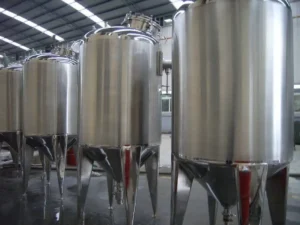
How a Glycol System Works
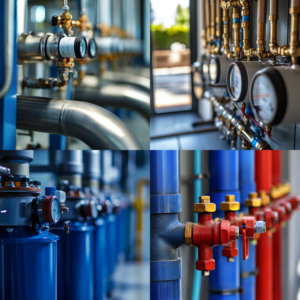
Ethylene Glycol Water: A Complete Heat Transfer Guide
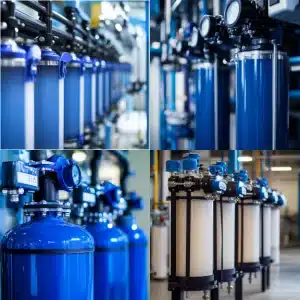
Water Filter Replacement
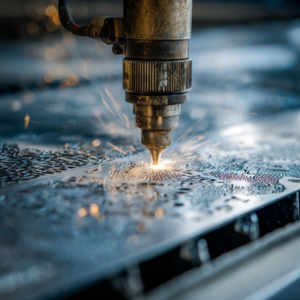
Why Use Stainless Steel Sheet Metal Fabrication?
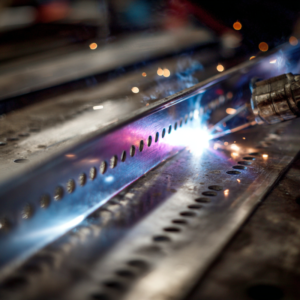
How Does Stainless Steel Sheet Metal Fabrication Work
No subpillar set for this blog post.
About Author

